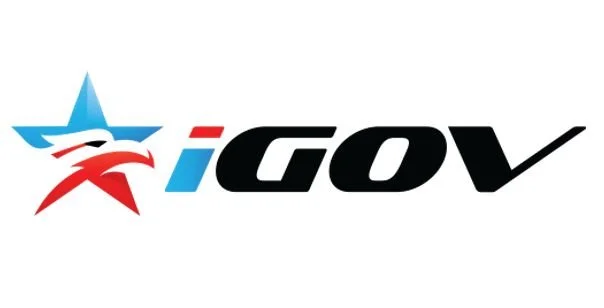
Strategy That Scales. Results That Deliver.
NewPlan accelerates technology companies from concept to market leadership. We partner with ambitious software, AI, and government contracting companies ready to dominate their markets.
Whether you are scaling from your Seed or Series A round, transforming operations for hypergrowth, or preparing for a successful exit, we deliver the strategic edge that turns your hard work into value.
$750M
Early- and Growth-Stage Funding Raised
15+
Successful Exits
400+
Companies
Accelerated
SaaS, AI, & GovCon
Deep Experience & Expertise
Our Services
Growth Strategy & Market Positioning
Define Your Market and Launch Effectively Ahead of your Competitors
We architect winning strategies that position your company as the inevitable market leader. Our approach combines deep market analysis with practical execution frameworks that drive measurable growth.
Revenue Operations & Scale-Up Excellence
Transform Your Operations Into a Competitive Advantage
Growing fast breaks things. We work with you to build an operations engine that can handle 10x growth without losing what made you successful. We focus on scalable systems that drive efficiency, eliminate bottlenecks, and enable growth.
Funding & Exit Strategies
Maximize Valuation - Minimize Dilution - Achieve a High-Value Exit
We guide companies through funding rounds and exits with strategies that maximize value and minimize risk. Our transaction experience ensures you tell the best possible story to investors and buyers and negotiate from a position of strength.
Executive Leadership & Transformation
Leadership That Scales With Your Ambitions
Sometimes, you need experienced leadership to navigate critical transitions. We work as interim executives or strategic advisors to guide companies through pivotal moments.
What Our Customers Say
“NewPlan worked with us to create a right strategy for the market and stood the test of time. NewPlan blended well with our culture, served as a critical advisor for me and my entire team, and helped us work through a lot of high-pressure situations successfully. And he provided important input that led us to our sale to IBM.”
“We have used NewPlan to speed our transition from a product reseller to IT services business model. NewPlan has helped us greatly with our strategy, solution packaging, daily operations, organization structure, and at the board level. NewPlan has been with us every step of the way, and, with their help, our transition is complete.”
“We worked with NewPlan for many years. They helped us to crystalize our strategy, set our operating priorities, and meet the right people in the marketplace to move the Company forward. As a result, we were able to execute a high-value merger with Bridgevine that positions us for future growth.”
“NewPlan helped position NSI in the marketplace before raising the capital. With their help, we developed an investor package that was clean, concise, and conveyed the message we needed to get across. We successfully raised $5 million. We leveraged that capital to grow rapidly, and, a couple of years later, Nuance acquired us in a high-value exit.”






























The journey from writing code in your home office to leading a scaling software company is challenging. It’s exciting to have complete control of your company; however, to evolve into a successful software company, you’ll have to evolve from chief everything officer to strategic CEO.